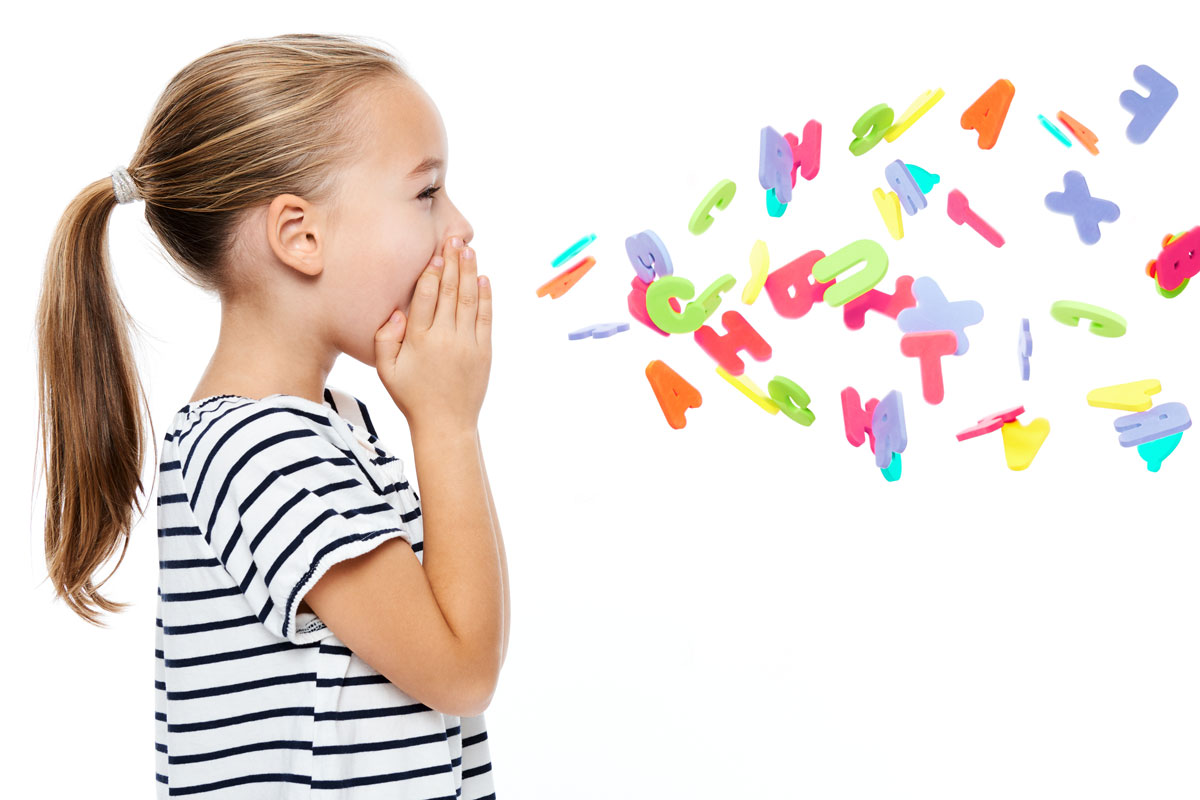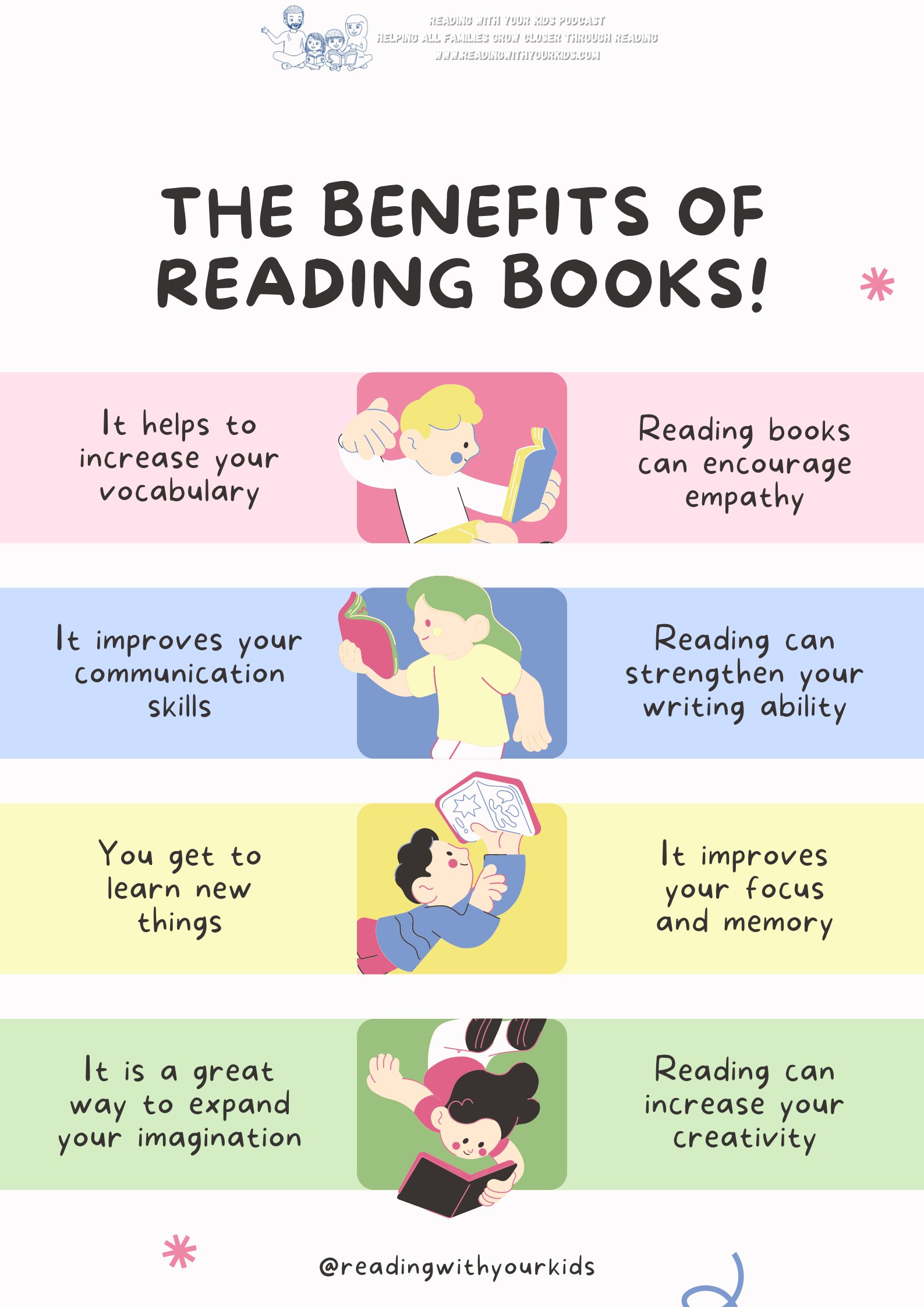Language Development (Andrea Blanco)

General Overview of Language Development
Language development is a very critical component in childhood development. It is the way in which a child learns to communicate and interact with the real world; which contributes a lot to how they will succeed. There are two parts to language development: receptive language and expressive language. Receptive language is the way in which one understands language, and expressive language is the way in which we express that language. This can be through thoughts, words, and emotions. During early childhood, children are constantly growing in many areas like vocabulary, sentence structure, grammar, speaking, and more. This type of development will not only help a child learn to read, but it will get them ready for their academic careers.
Developmental Milestones for Early Childhood
*this may be different for each child, this is just an idea of where your child should be at*
Theoretical background
There are 2 theorists that greatly impacted the way we view language development:
Lev Vygotsky:

Lev Vygotsky's most important contribution to language development is his "social interactionist theory". This theory revolves around the idea that language development occurs best through the example of adults and wiser people. He also focuses on his idea of ZPD- zone of proximal development, This is finding the exact point in which a child can do something independently without being too overworked. He also talks about "scaffolding" which is when adults provide the right amount of help to allow a child to enhance abilities and progress. Vygotsky's theory puts an emphasis on environment and culture, and how a child learns through watching others communicate. This is why it is important to be good role models, especially when communicating.
Noam Chomsky:

Noam Chomsky's most important contribution to language development is his "natavist theory". He believed that each person has an innate ability to learn language. He thought that an LAD, language acquisition device, was present in every human mind. He believed that there was no need to teach children language, because it would develop naturally. His focus was on universal grammar, which is nouns, verbs, and more, and how children are able to detect these rules without being taught.
How to Promote Healthy Language Development
1. Make sure to talk or communicate eiwth children as much as possible; practice makes perfect!
2. Read books to young children every day to promote vocabulary and reading skills
3. Sing songs or rhymes in order for children to develop a sense of rhythm.
4. Communicate through storytelling or dramatic play for children to practice how to express themselves
5. Allow children to learn more than one language if the opportunity is available for them through school or other environments
Reading books has many benefits as shown above. I encourage you, as parents, to make daily reading a part of your life. It will allow children to have more exposure to language, and this can benefit them in the future with their academic careers and everyday lives!
References:
- Berk, L. E. (2013). Child Development (9th ed.). Pearson Education. [Chapter on physical development and maturational theory]
- Help Me Grow MN. (n.d.). Helpmegrowmn.org. https://helpmegrowmn.org/HMG/HelpfulRes/Articles/WaysEncourageComm/index.html
- Language Acquisition Theory ESOL CPD -Module 2 Chomsky. (n.d.).https://www.montgomeryschoolsmd.org/siteassets/district/curriculum/esol/cpd/module2/docs/chomsky.pdf
- McLeod, S. (2025). Vygotsky’s sociocultural theory of cognitive development. Simply Psychology. https://www.simplypsychology.org/vygotsky.html


Comments
Post a Comment